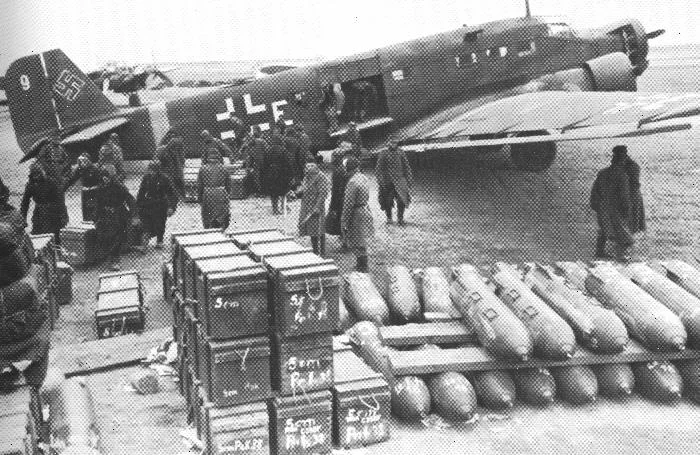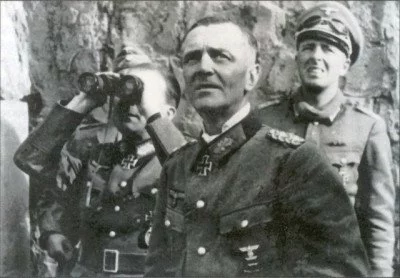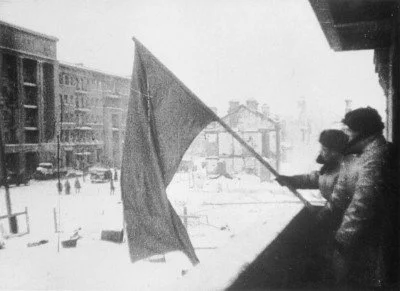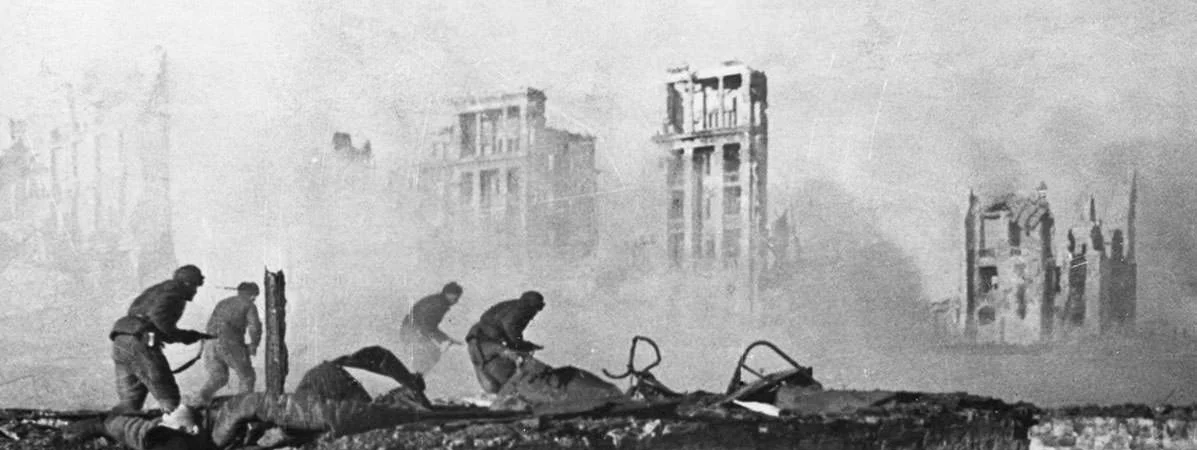Prelude
Despite failing in his ambition to decisively defeat the Russian Red Army in a single campaign aka Operation Barbarossa the German Army (Wehrmacht) had made considerable gains. They had stabilized their front in a line running roughly from Leningrad in the north to Rostov in the south. Unable to capture Moscow and lacking the manpower to continuously remain on the offensive on the Eastern Front, Hitler decided to focus on the south and set in motion Operation Blue; attack on the city of Stalingrad.
Strategic Goal
The capture of Stalingrad was important to Hitler for 3 major reasons.
- it was a major industrial city
- It was on the Volga River which was a vital transport and supply route.
- its capture would secure the German armies advance into the oil-rich Caucasus region — with a goal of cutting off fuel to the Russians.
Add to that the city bore the name of Hitler’s arch rival, Joseph Stalin.
German Offensive
The offensive began on 28th June, 1942 and caught the Russians by surprise who were expecting another attack on Moscow. Hitler divided the army into two groups; the objective of Army Group A was was to capture the oil fields while Army Group B was to capture Stalingrad and protect the German flank.

Army Group B reached the Volga north of Stalingrad in late August. Delayed by rough terrain and Soviet resistance, 6th Army only arrived until early September. Assisted by the 4th Panzer army they soon began pushing into the city. Over the next several weeks German and Soviet forces engaged many street battles in attempts to take control of the city. But despite their commendable defense, the Germans controlled 90% of the city by the end of October. The 6th Army and 4th Panzer Armies had however sustained massive losses, and worse; winter was to begin in Russia.
Russian Counter Offensive
In order to maintain pressure on the Soviets in Stalingrad, the Germans had narrowed the their best troops on the main front and had brought in Italian and Romanian troops to guard their flanks. Their greatest asset in the the air the Luftwaffe (German Air Force) had to now concentrate on counter action on the American Torch landings in North Africa.

Seeing their weakness, the Soviet Red Army launched General Zhukov’s meticulously-planned counteroffensive, Operation Uranus on 19 November 1942. They attacked sweeping in from two separate directions and within four days, the two-pronged Soviet attack had met in the middle and had totally encircled about 265,000 Axis soldiers within.

Hitler refused a breakout from the city and reiterated that Sixth Army would stay at Stalingrad and that the air bridge would supply it until the encirclement was broken by a new German offensive. 400 tons of supplies were required on a daily basis and the air bridge could only manage to supply an average of 85 tons a day. As the feared Russian winter set in and temperatures dropped to the minus forties, starvation, frostbite, disease and suicide decimated the Germans.
The Beginning of an End
On January 30, 1943 Hitler promoted General Paulus to field marshal. As no German field marshal had ever been captured, it was expected of him to fight to the end or commit suicide. The next day, Paulus was captured when the Soviets overran his headquarters. On February 2, 1943, the final pocket of German resistance surrendered ending over five months of fighting.

The battle of Stalingrad was the beginning of the end of a dream for one man. The German forces never regained the initiative in the East and withdrew a vast military force from the West to reinforce their losses.
Casualties – source wikipedia
AXIS:-
Killed/ wounded/ captured – 400,000 Germans, 200,000 Romanians, 130,000 Italians, and 120,000 Hungarians (850,000 Total)
Materials destroyed – Germans 900 aircraft (including 274 transports and 165 bombers used as transports), 500 tanks, 6,000 artillery pieces
Captured:-
- 744 aircraft
- 1,666 tanks
- 5,762 guns
- 1,312 mortars
- 12,701 heavy machine guns
- 156,987 rifles
- 80,438 sub-machine guns
- 10,722 trucks
- 261 armored vehicles
- 10,679 motorcycles were captured
ITALIAN, HUNGARIAN AND ROMANIAN MATERIAL LOSSES – UNKNOWN
RUSSIAN:-
killed/ wounded/ captured – 750,000
Materials destroyed – Unknown (data for the entire Stalingrad region – 4,341 tanks destroyed or damaged, 15,728 artillery pieces, and 2,769 combat aircraft.
Army Units Involved
AXIS:-
- Nazi Germany 6th Army
- Nazi Germany 4th Panzer Army
- Kingdom of Romania Third Army
- Kingdom of Romania Fourth Army
- Kingdom of Italy Eighth Army
- Kingdom of Hungary (1920–46) Second Army
- Independent State of Croatia Croatian Legion
Russian Red Army:-
- Soviet Union 8th Army
- Soviet Union 28th Army
- Soviet Union 51st Army
- Soviet Union 57th Army
- Soviet Union 62nd Army
- Soviet Union 64th Army
Leaders List – source wikipedia
AXIS:-
- Adolf Hitler
- Nazi Germany Erich von Manstein
- Nazi Germany Friedrich Paulus
- Nazi Germany W. von Richthofen
- Kingdom of Romania Petre Dumitrescu
- Kingdom of Romania C. Constantinescu
- Kingdom of Italy Italo Gariboldi
- Kingdom of Hungary (1920–46) Gusztáv Jány
- Independent State of Croatia Viktor Pavičić
RUSSIA:-
- Joseph Stalin
- Georgy Zhukov
- Nikolay Voronov
- A.M. Vasilevsky
- Andrei Yeremenko
- Nikita Khrushchev
- Hazi Aslanov
- K.K. Rokossovsky
- Nikolai Vatutin
- Chuikov

